Home>Interior Design>What Is A Safe Temperature For A Newborn’s Room?
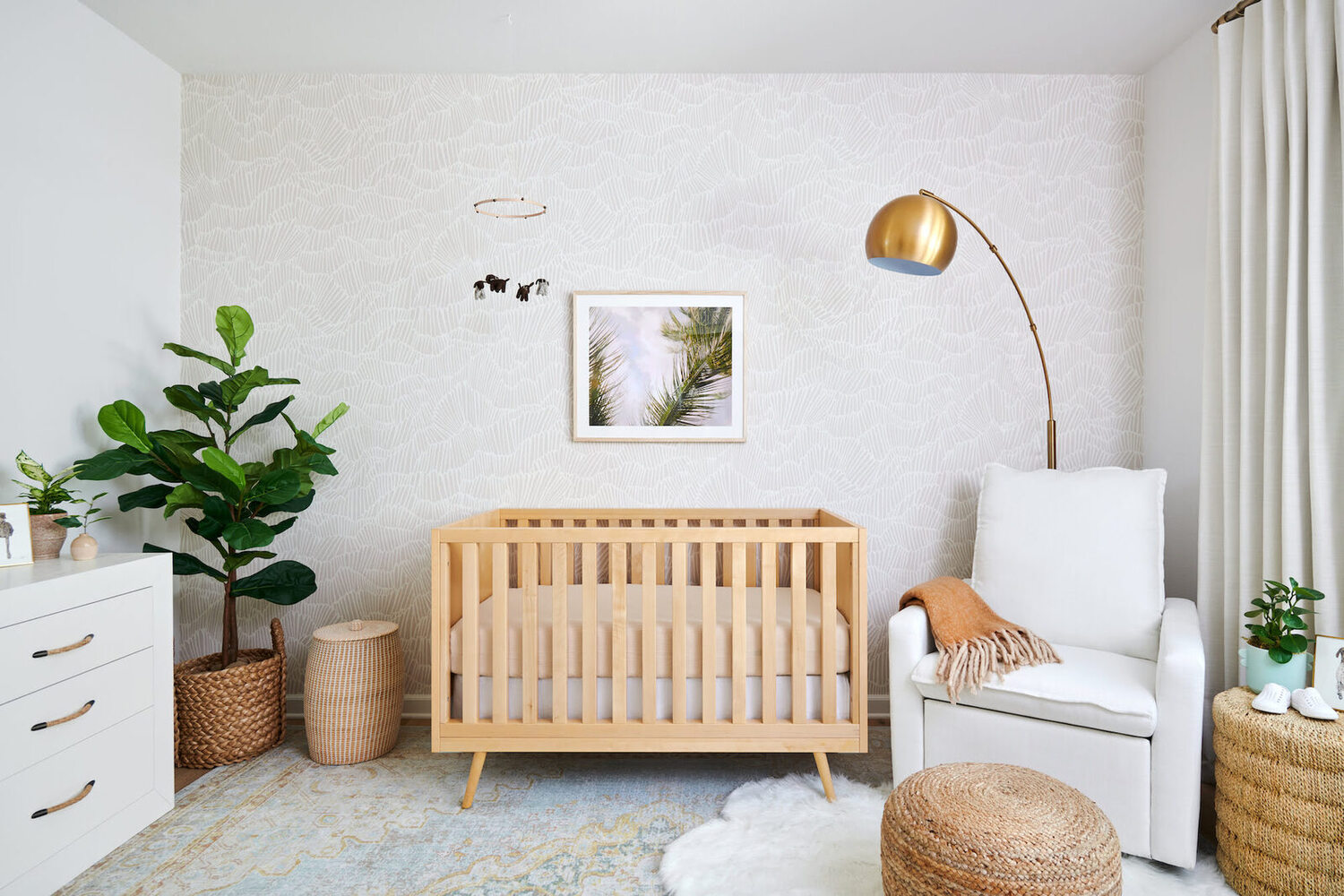

Interior Design
What Is A Safe Temperature For A Newborn’s Room?
Modified: January 9, 2024
Learn about the ideal temperature for a newborn's room to ensure their safety and comfort. Discover expert interior design tips for creating a safe and cozy environment.
(Many of the links in this article redirect to a specific reviewed product. Your purchase of these products through affiliate links helps to generate commission for Storables.com, at no extra cost. Learn more)
Introduction
Setting the right temperature in a newborn’s room is essential for their comfort and overall well-being. Newborns are more susceptible to temperature changes than adults, and maintaining a consistent and safe temperature is crucial to ensure their health and sleep quality. As a parent or caregiver, it is important to understand the factors that influence the optimal temperature for a newborn’s room and take necessary precautions to create a safe environment.
In this article, we will explore the various factors to consider when determining the ideal temperature for a newborn’s room. We will also discuss the recommended safe temperature range and the potential risks associated with extreme temperatures. Additionally, we will provide you with some valuable tips on how to maintain a safe and comfortable temperature for your little one.
By following the guidelines and implementing the strategies mentioned in this article, you can create a cozy and safe environment for your newborn, promoting their overall well-being and ensuring a good night’s sleep for both them and yourself.
Key Takeaways:
- Maintaining a room temperature between 68°F (20°C) and 72°F (22.2°C) is crucial for a newborn’s safety and comfort, preventing risks of overheating or hypothermia.
- Factors such as age, season, clothing layers, and furniture placement play a vital role in creating a cozy and secure environment for a newborn’s well-being.
Factors to consider
When determining the ideal temperature for a newborn’s room, there are several factors that need to be taken into consideration:
- Age of the newborn: The age of your newborn plays a crucial role in determining the appropriate room temperature. Newborns under 3 months old are less able to regulate their body temperature and are more sensitive to extreme temperatures.
- Season and climate: The season and climate in which you live will impact the temperature inside your home. If you live in a region with cold winters, you may need to adjust the temperature accordingly to keep your newborn warm. Alternatively, in hot and humid climates, you will need to ensure that the room is cool and properly ventilated.
- Layering of clothing and bedding: The clothing and bedding layers you use for your newborn can affect their comfort in various temperatures. For colder temperatures, you may need to dress your baby in warm and cozy layers, while in warmer weather, lighter and breathable clothing is recommended.
- Furniture and insulation: The type and positioning of furniture in the room can influence the temperature. Objects placed near heat sources like radiators or windows can affect the temperature in the room. Similarly, proper insulation of the room can help retain heat during colder months and keep the room cool during hot summers.
- Individual preferences: Each newborn is unique, and their comfort level with different temperatures can vary. It is essential to closely monitor your baby’s cues and behavior to determine if they are too hot or too cold. Signs such as sweating or shivering may indicate that the temperature needs adjustment.
Considering these factors will help you create a comfortable and safe environment for your newborn. It is important to find the balance that ensures your baby is neither too hot nor too cold, providing them with the optimal temperature for their well-being.
Recommended safe temperature for a newborn’s room
The American Academy of Pediatrics recommends keeping the temperature of a newborn’s room between 68°F (20°C) and 72°F (22.2°C) for optimal comfort and safety. This temperature range ensures that your baby stays warm enough without overheating.
It is important to note that newborns require slightly cooler temperatures than adults, as they have a higher metabolic rate and are more prone to overheating. Overheating can increase the risk of Sudden Infant Death Syndrome (SIDS) and other sleep-related issues.
While the recommended temperature range provides a general guideline, it’s crucial to consider the other factors mentioned earlier and adjust the temperature accordingly. For instance, if you are living in a particularly hot climate, keeping the room slightly cooler within the recommended range can help keep your newborn comfortable.
Regularly monitoring your baby’s body temperature and observing their behavior can also help you determine if the room temperature needs adjusting. Feel your baby’s neck or chest to check for signs of overheating or feeling too cold. If your baby feels sweaty or clammy, it may indicate that the room is too warm. On the other hand, if their skin feels cold or they’re shivering, the room may be too cold.
Remember that it’s always better to err on the side of caution and dress your baby in light layers. Instead of relying solely on room temperature, use your baby’s clothing and bedding to regulate their body heat and provide them with optimal comfort.
By maintaining the recommended safe temperature range and keeping a close eye on your baby’s comfort, you can create a cozy and secure environment that promotes healthy sleep and overall well-being for your newborn.
A safe temperature for a newborn’s room is between 68-72°F (20-22°C). Use a room thermometer to monitor and adjust the temperature as needed to ensure your baby is comfortable and safe.
Potential risks of extreme temperatures
Extreme temperatures can pose risks to a newborn’s health and well-being. It is important to be aware of these risks and take necessary precautions to prevent any adverse effects. Below are some potential risks associated with both excessively hot and cold temperatures:
- Overheating: When a newborn is exposed to high temperatures, their body may struggle to regulate heat, leading to overheating. This can increase the risk of dehydration, heat exhaustion, heat rash, and even heatstroke. Overheating is also associated with an increased risk of Sudden Infant Death Syndrome (SIDS). It is crucial to ensure that the room temperature remains within the recommended safe range to prevent these risks.
- Hypothermia: Cold temperatures can also be dangerous for newborns. When exposed to extremely cold temperatures, babies can develop hypothermia, which is a condition characterized by a dangerously low body temperature. Hypothermia can lead to various health issues, including respiratory infection, poor feeding, and even organ damage. It is important to keep the room warm and adequately dress your baby to prevent hypothermia.
- Inconsistent sleep: Extreme temperatures can disrupt a newborn’s sleep and make it challenging for them to get quality rest. An overheated or cold room can cause discomfort and restlessness, leading to frequent nighttime awakenings. This, in turn, can affect both the baby’s and the caregiver’s sleep patterns and overall well-being.
- Increased risk of illness: Exposing a newborn to extreme temperatures can weaken their immune system and make them more susceptible to illnesses. Cold temperatures, in particular, can increase the risk of respiratory infections, such as the common cold or flu. It is important to maintain a comfortable and consistent room temperature to support a healthy immune system for your baby.
Understanding the potential risks of extreme temperatures allows you to take appropriate precautions and create a safe environment for your newborn. By maintaining a moderate and steady room temperature, you can minimize these risks and promote your baby’s health and well-being.
Tips for maintaining a safe temperature
To ensure a safe and comfortable temperature in your newborn’s room, consider implementing the following tips:
- Use a room thermometer: Installing a room thermometer will help you accurately monitor the temperature in your baby’s room. Place the thermometer away from direct sunlight or heat sources to get an accurate reading.
- Keep the room well-ventilated: Proper airflow is essential for maintaining a comfortable temperature. Use a fan or open windows to promote air circulation, especially in hot or humid climates.
- Control sunlight exposure: Direct sunlight can significantly increase the temperature in a room. Use blackout blinds or curtains to block out excessive sunlight during the day, particularly in the warmer months.
- Adjust clothing layers: Dress your baby in layers that can be easily added or removed to regulate their body temperature. Opt for breathable fabrics and avoid overdressing or over-swaddling your newborn.
- Monitor your baby’s cues: Pay attention to your baby’s behavior and physical cues to determine if they are comfortable. Check for signs of sweating, flushed skin, or shivering to assess if the room temperature needs adjustment.
- Use a sleep sack or swaddle: Instead of using loose blankets, which can pose a suffocation hazard, consider using a sleep sack or swaddle to keep your baby warm and secure without the risk of overheating.
- Position cribs and furniture strategically: Avoid placing the crib near heat sources, such as radiators or vents, as this can lead to localized temperature imbalances. Ensure proper airflow around the crib and furniture to promote a consistent room temperature.
- Utilize a humidifier or dehumidifier: Depending on the climate and season, using a humidifier or dehumidifier can help maintain the appropriate humidity level in the room. This can further enhance your baby’s comfort and prevent dryness or excessive moisture.
- Regularly check the temperature: Take the time to regularly monitor the temperature in your baby’s room to ensure it remains within the recommended safe range. Adjust the thermostat as needed to maintain a consistent and comfortable environment.
By following these tips, you can create a safe and comfortable environment for your newborn and promote better sleep and overall well-being. Remember, every baby is unique, so it’s important to pay attention to their individual needs and adjust the temperature accordingly.
Read more: How To Organize Newborn Clothes
Conclusion
Setting and maintaining a safe temperature in a newborn’s room is crucial for their comfort, health, and well-being. By considering factors such as age, season, clothing layers, and furniture placement, you can create an environment that promotes optimal sleep and prevents risks associated with extreme temperatures.
The recommended safe temperature range for a newborn’s room is between 68°F (20°C) and 72°F (22.2°C), but it’s essential to monitor your baby’s cues and behavior to ensure their comfort. Overheating can increase the risk of Sudden Infant Death Syndrome (SIDS), while cold temperatures can lead to hypothermia and other health issues.
To maintain a safe temperature, use a room thermometer to monitor the temperature, keep the room well-ventilated, control sunlight exposure, adjust clothing layers, and pay attention to your baby’s cues. Using sleep sacks or swaddles can help keep your baby warm without the risk of overheating.
Additionally, strategically position cribs and furniture, utilize a humidifier or dehumidifier when necessary, and regularly check the temperature to ensure it remains within the recommended range.
By following these guidelines and creating a comfortable environment, you can support your newborn’s healthy sleep patterns and overall well-being. Remember that each baby is unique, so it’s important to closely observe their individual preferences and adjust the temperature accordingly.
Providing a safe and properly regulated temperature in your newborn’s room not only ensures their comfort but also promotes a peaceful environment for both you and your baby to enjoy.
Frequently Asked Questions about What Is A Safe Temperature For A Newborn's Room?
Was this page helpful?
At Storables.com, we guarantee accurate and reliable information. Our content, validated by Expert Board Contributors, is crafted following stringent Editorial Policies. We're committed to providing you with well-researched, expert-backed insights for all your informational needs.
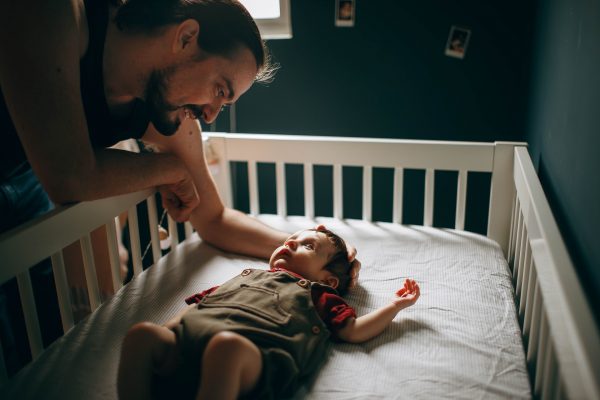


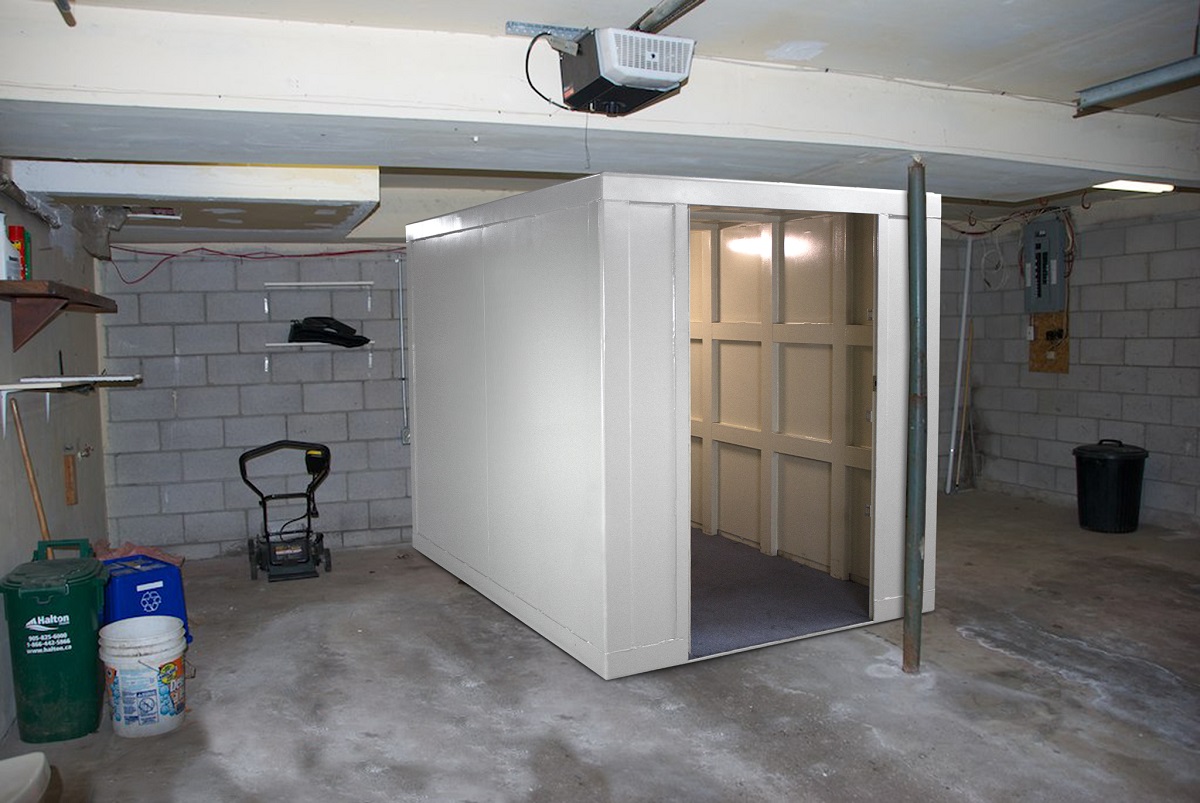
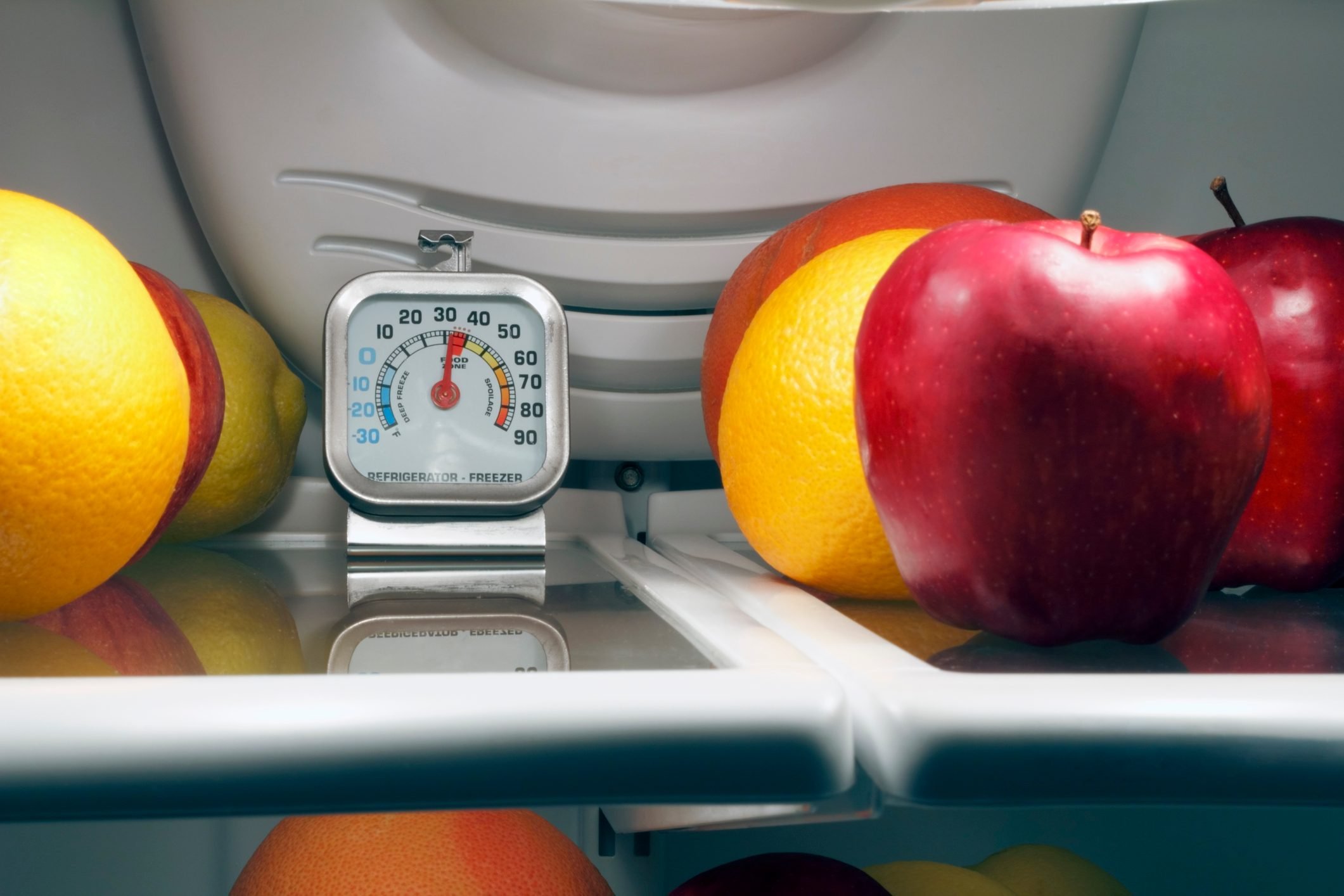

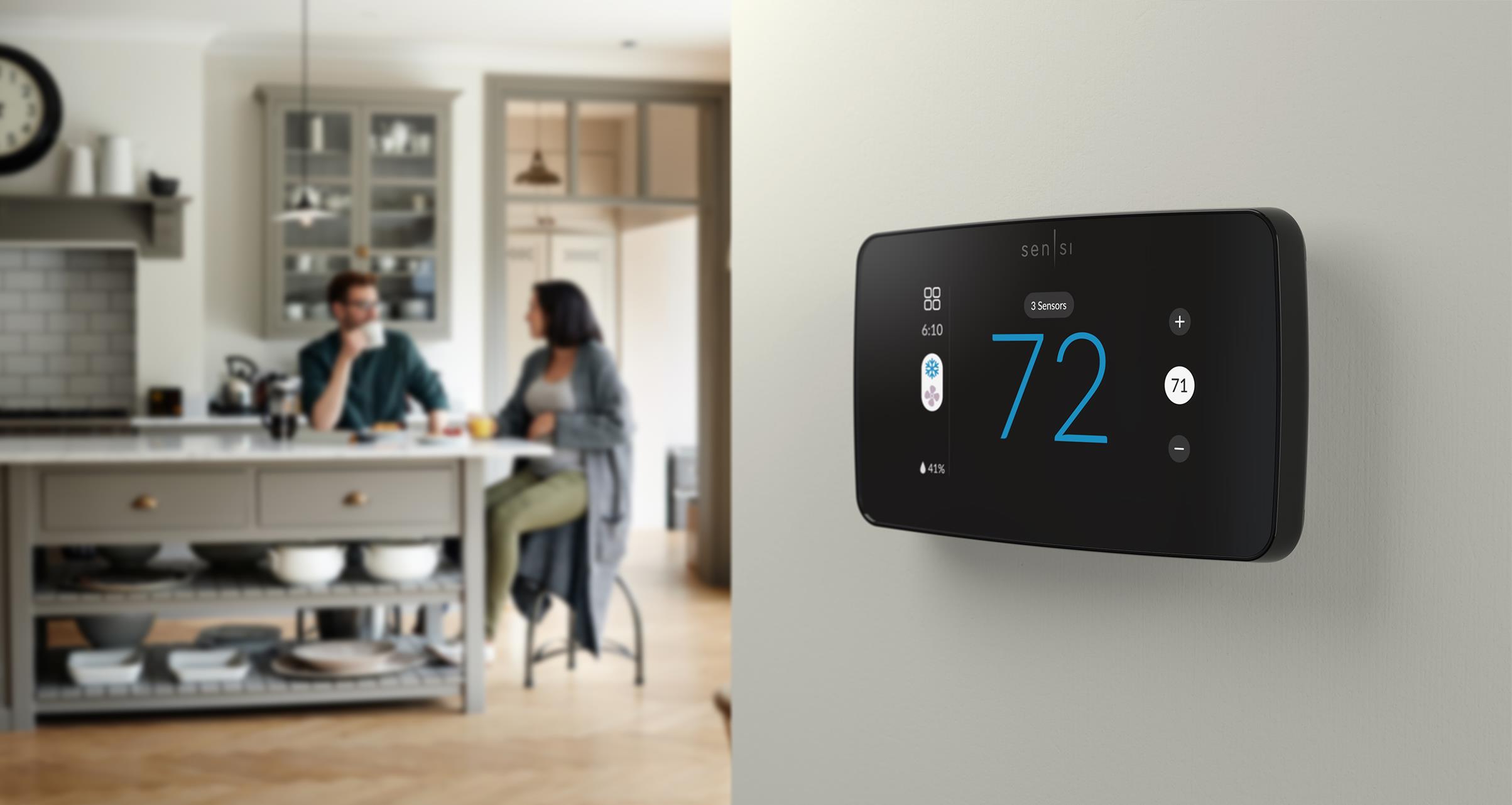
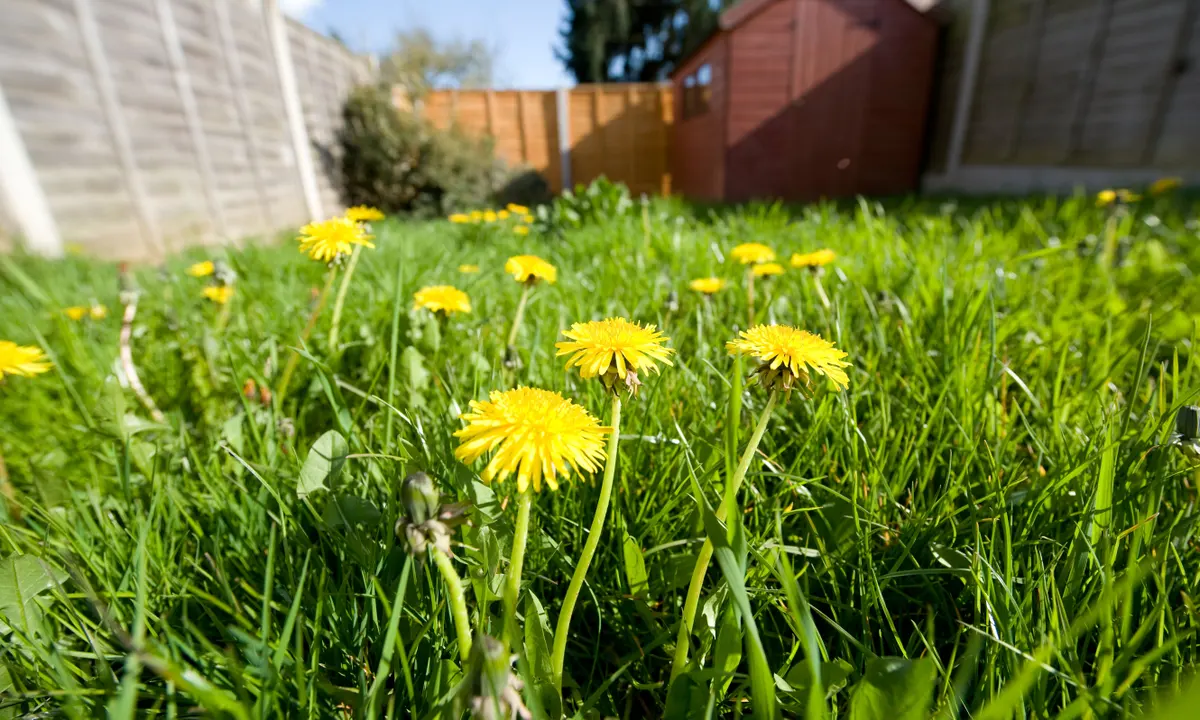

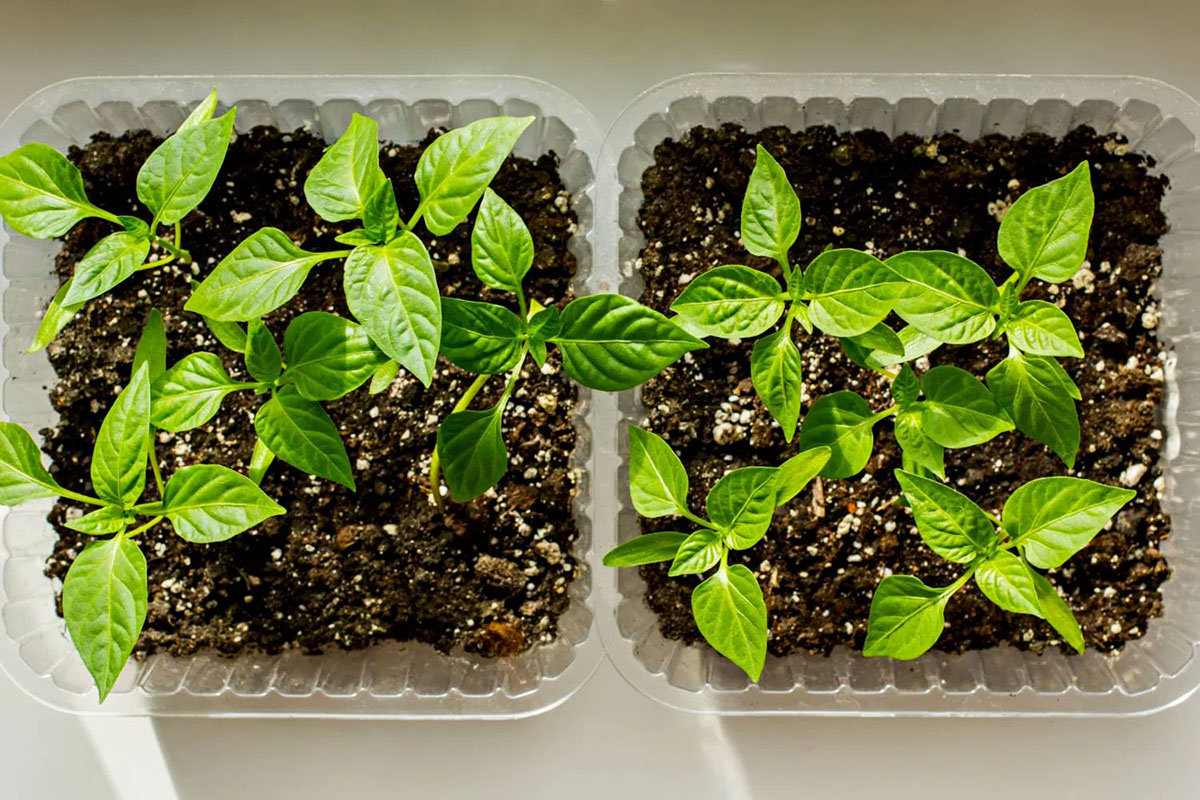
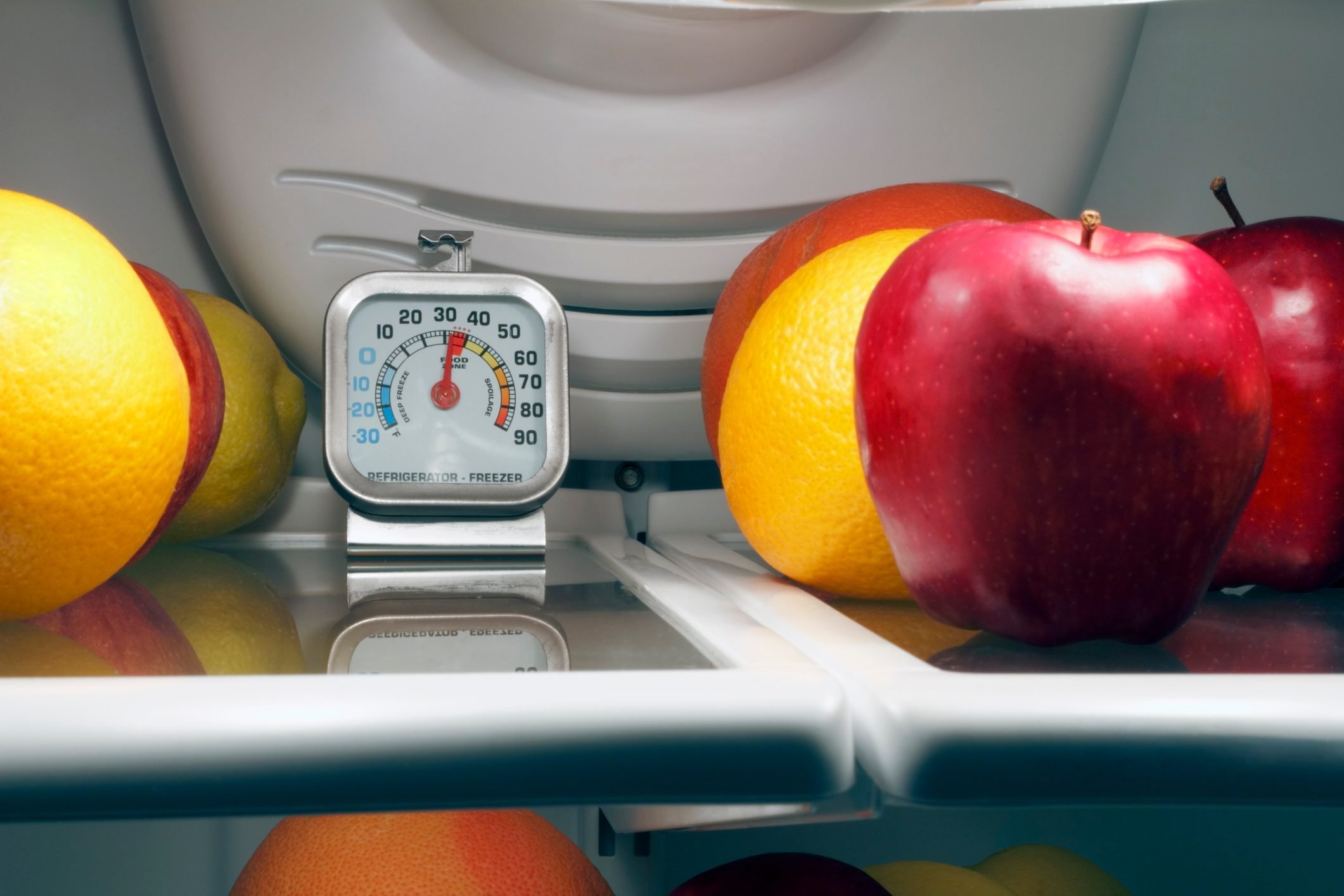
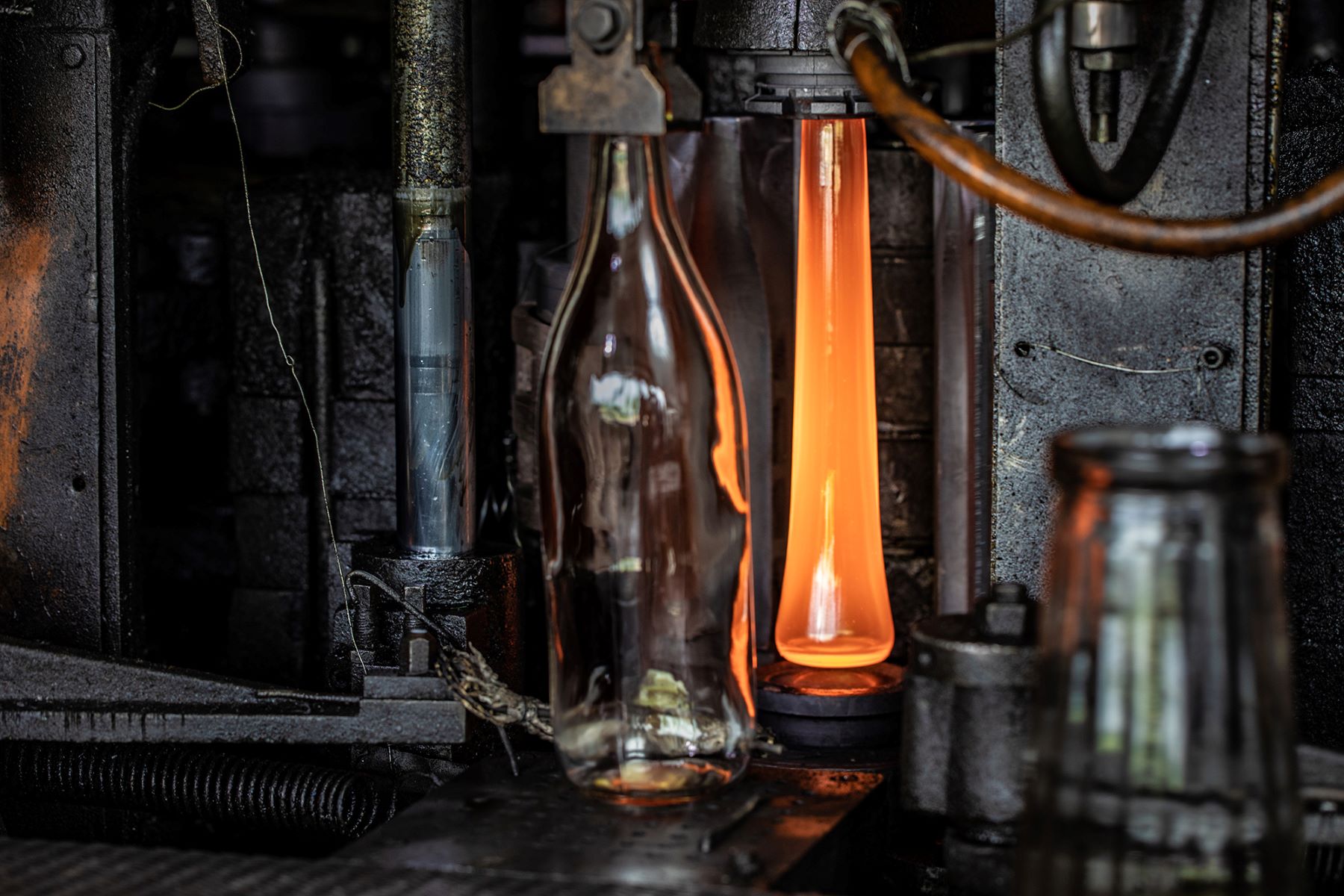
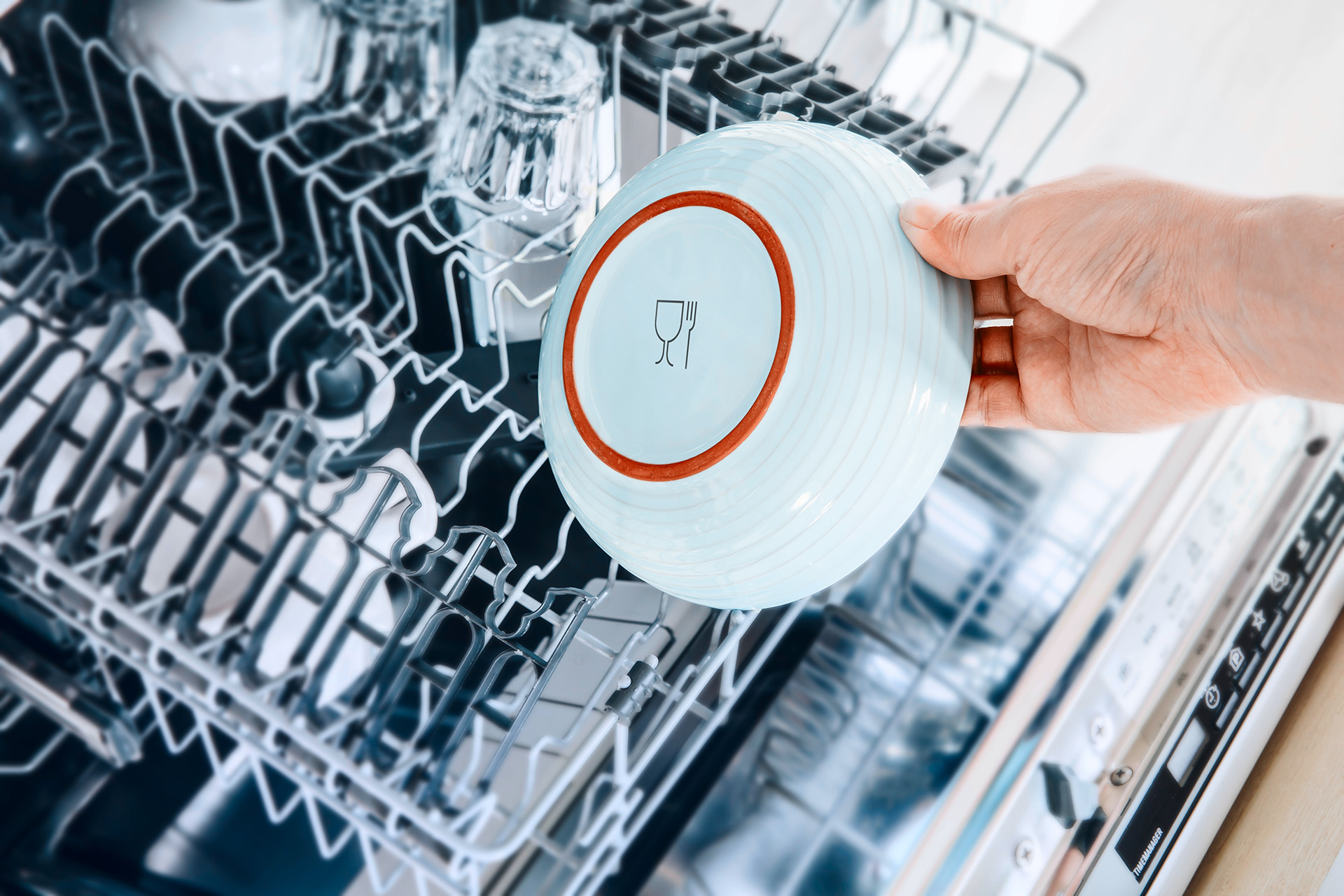
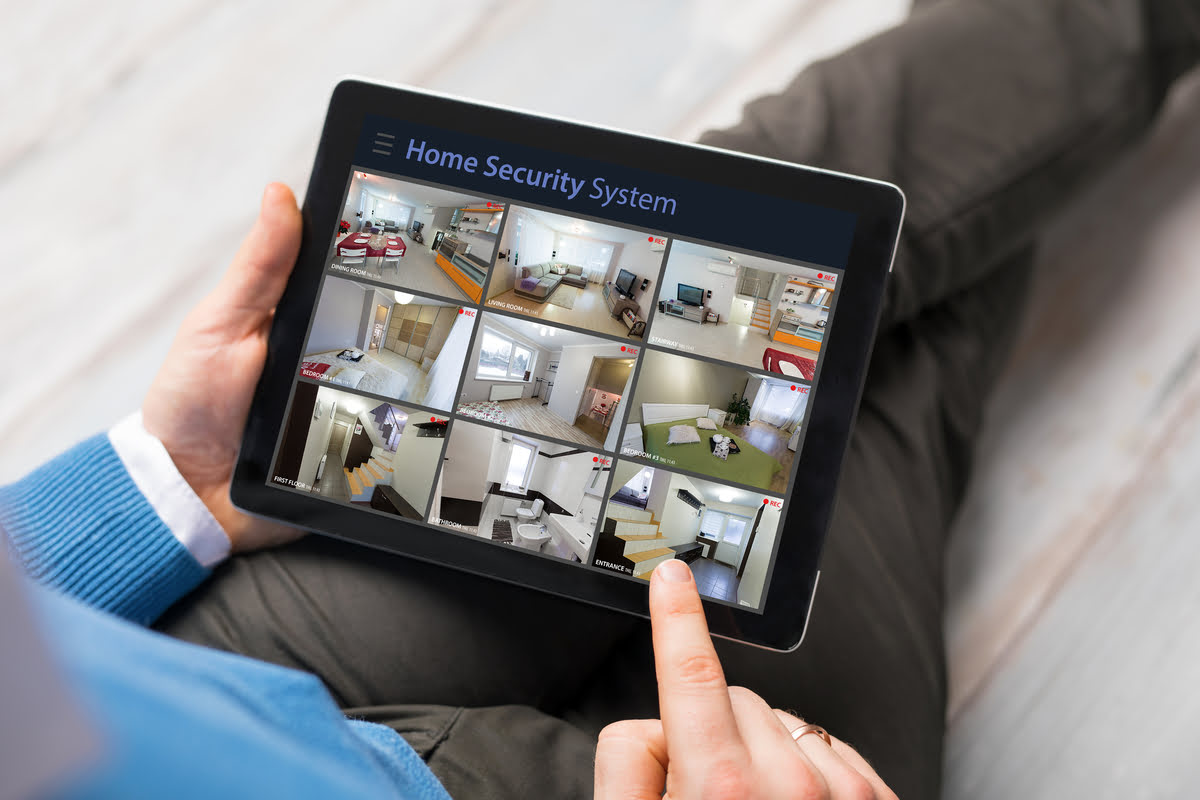

0 thoughts on “What Is A Safe Temperature For A Newborn’s Room?”